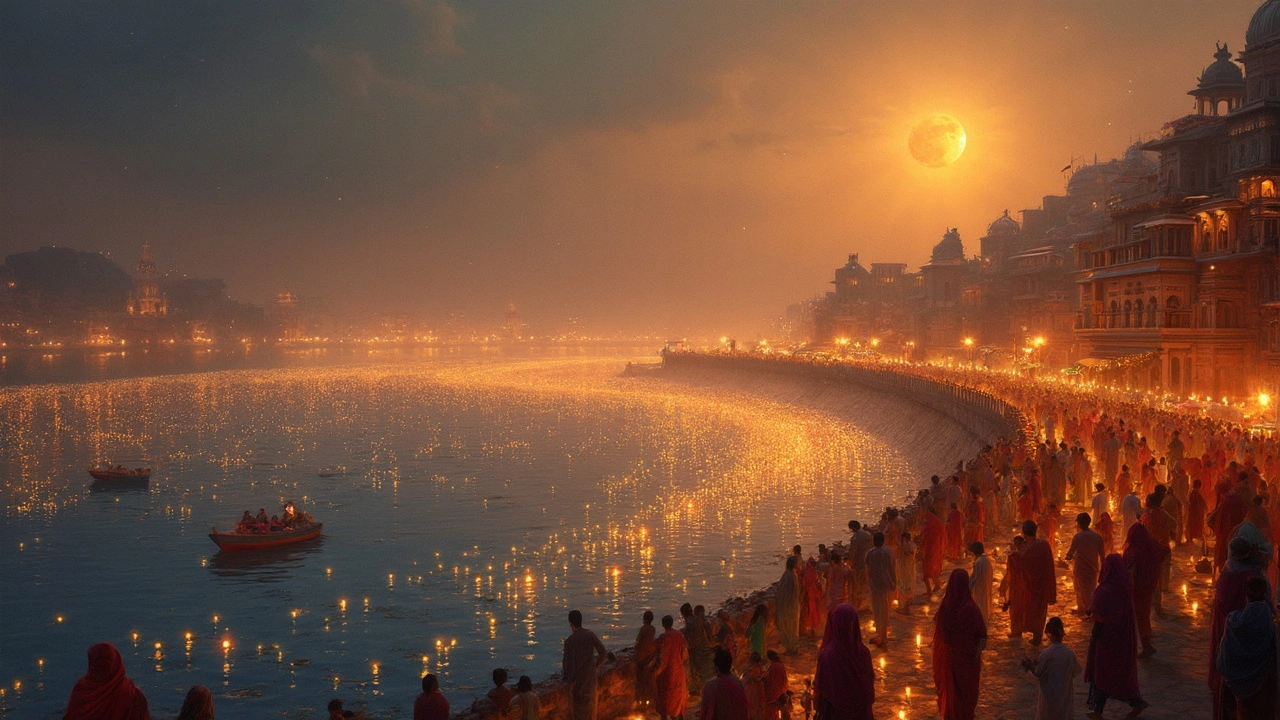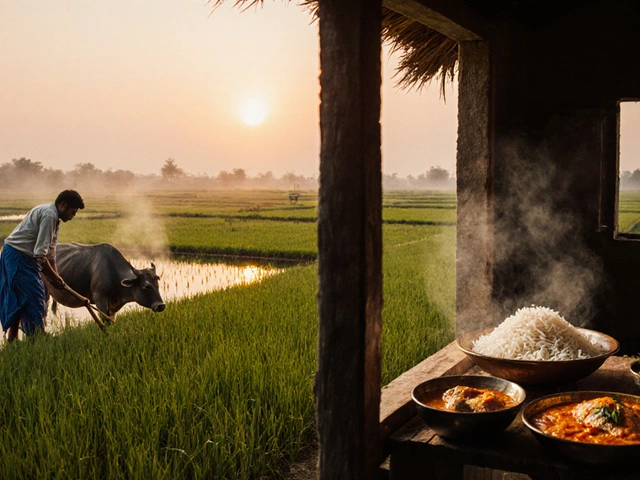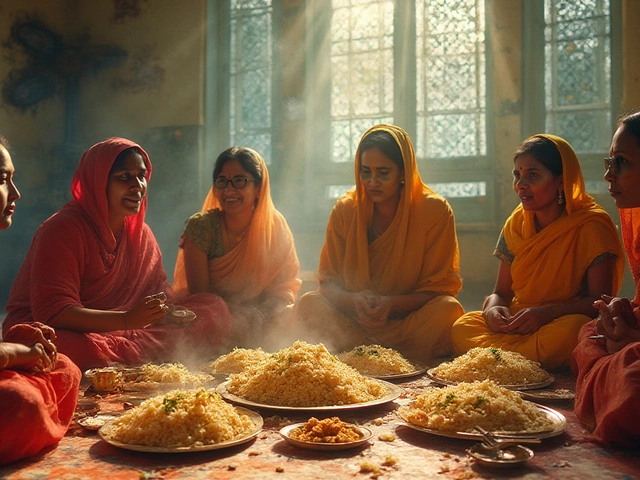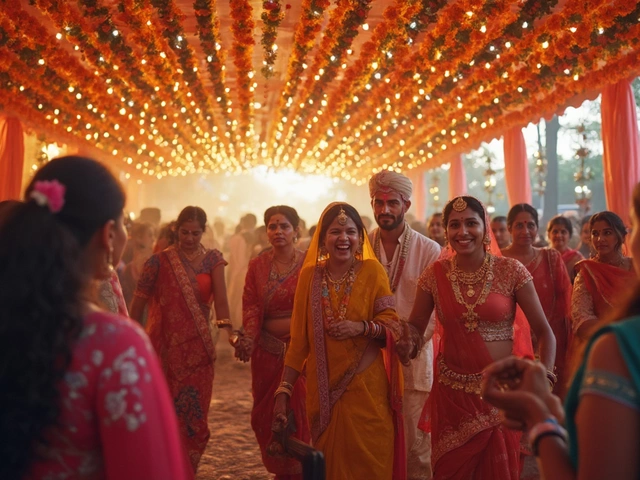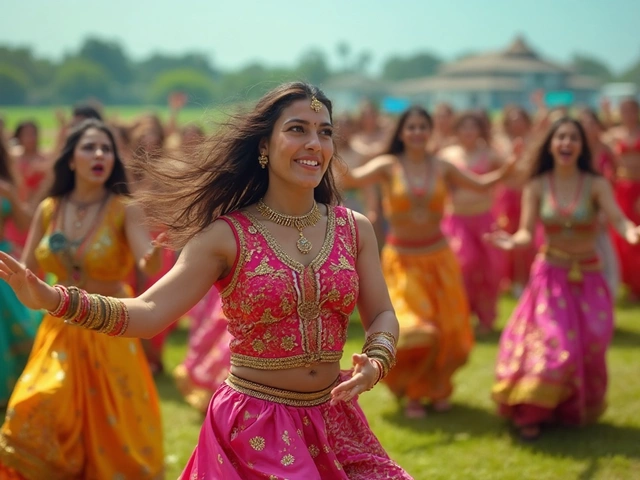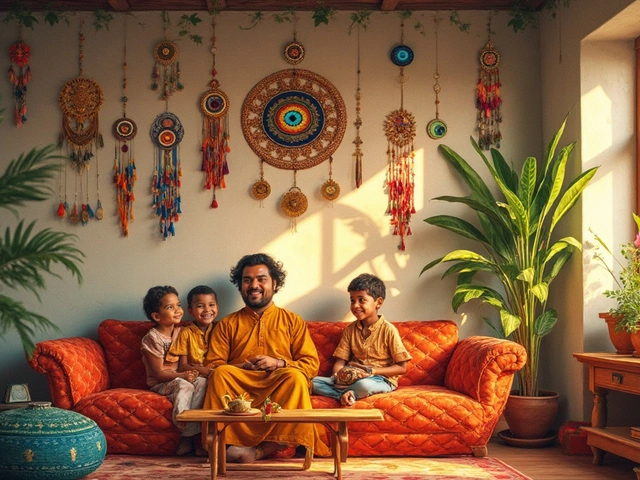Heritage Tours in India: Explore Ancient Art, Festivals, and Cultural Zones
When you go on a heritage tour, a guided journey focused on experiencing India’s living traditions, historical sites, and ancestral crafts. Also known as cultural tourism, it’s not just about visiting old temples or forts—it’s about understanding the people, rituals, and stories behind them. These tours connect you to the heartbeat of India: the rhythm of a Bhangra beat in Punjab, the silent devotion in a Pithora painting ritual in Gujarat, or the echo of Carnatic vocals in a Chennai temple courtyard.
What makes Indian heritage tours different? They don’t just show you history—they let you touch it. You’ll walk through the same stone lanes where Gupta sculptors carved deities over 1,500 years ago, sit with artisans who still use natural dyes from the same plants their grandparents did, and taste festival foods passed down for generations. These experiences tie directly to Indian cultural heritage, the living collection of customs, art forms, languages, and beliefs that define regional identities across the subcontinent. You’ll see how traditional Indian art, including Pithora murals, terracotta figurines, and temple carvings that continue to be made using ancient techniques. isn’t frozen in time—it’s practiced daily in villages and cities alike.
And it’s not just about the past. Heritage tours reveal how culture shapes today’s India. The four major cultural zones India, North, South, East, and West—each with distinct languages, foods, music, and festival calendars. mean your experience in Tamil Nadu will feel worlds apart from one in Rajasthan. In the South, you might join a temple procession during Onam; in the West, you could watch a folk dance during Navratri. These aren’t performances for tourists—they’re sacred routines woven into everyday life.
What you’ll find in these posts isn’t a list of top 10 heritage sites. It’s real insight: why some dance forms are easier for beginners to pick up, how dress codes vary by region during festivals, which foods are central to celebrations, and which art forms survived centuries of change. You’ll learn what makes Tamil Nadu unique, why Om is more than a symbol, and how yoga, music, and even street food tie into deeper cultural roots. These aren’t just travel tips—they’re keys to understanding India’s soul.
Whether you’re planning your first trip or just curious about what lies beyond the postcards, this collection gives you the context to see India not as a collection of landmarks, but as a living, breathing culture. The next time you hear a raga or taste jalebi at a village fair, you’ll know why it matters.
